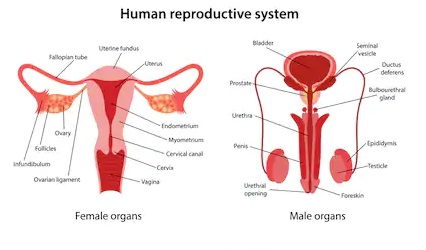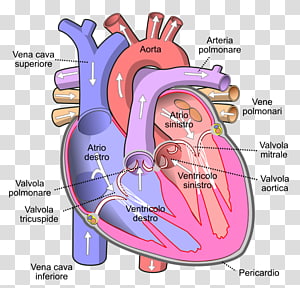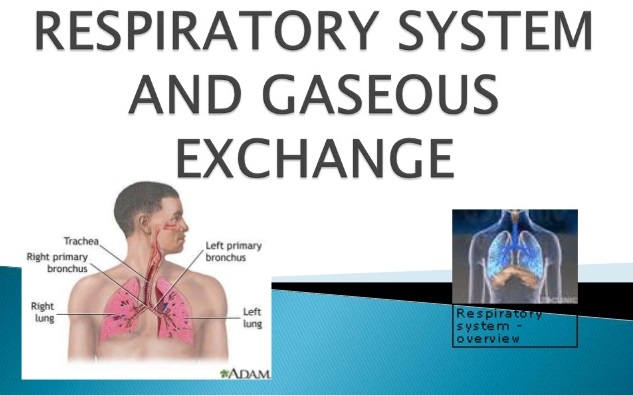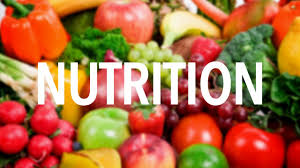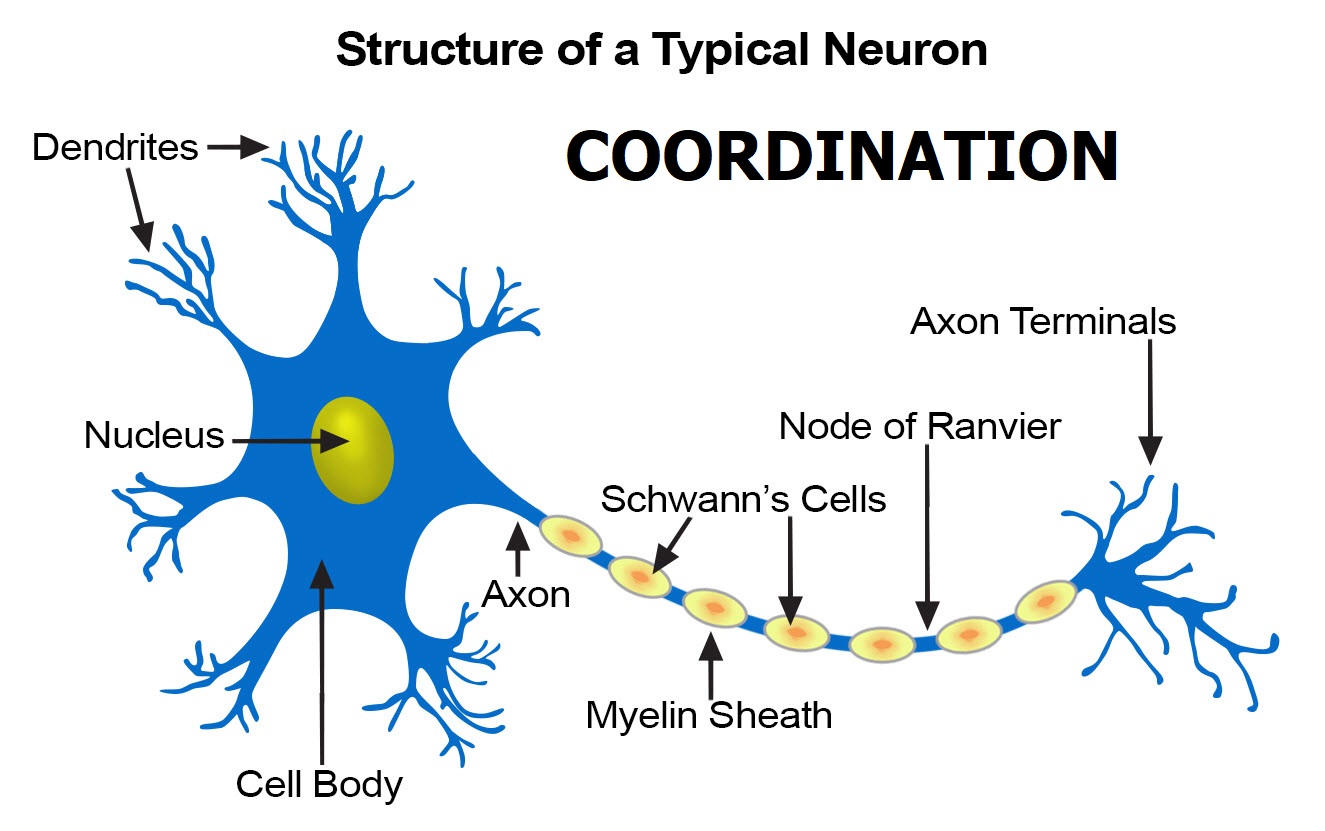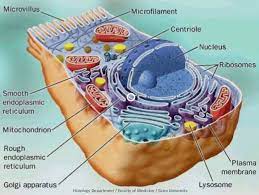TOPIC 6: ECOLOGY ~ BIOLOGY FORM 6
ECOLOGY ~ BIOLOGY FORM 6 TOPIC 6: ECOLOGY ~ BIOLOGY FORM 6 ECOLOGY Ecology is a scientific study of relationship of organism with their natural surroundings OR Is the study of relationships of living organisms to each other and their surrounding (physical surrounding) Importance of studying Ecology It gives us scientific foundation of understanding some … Read more


